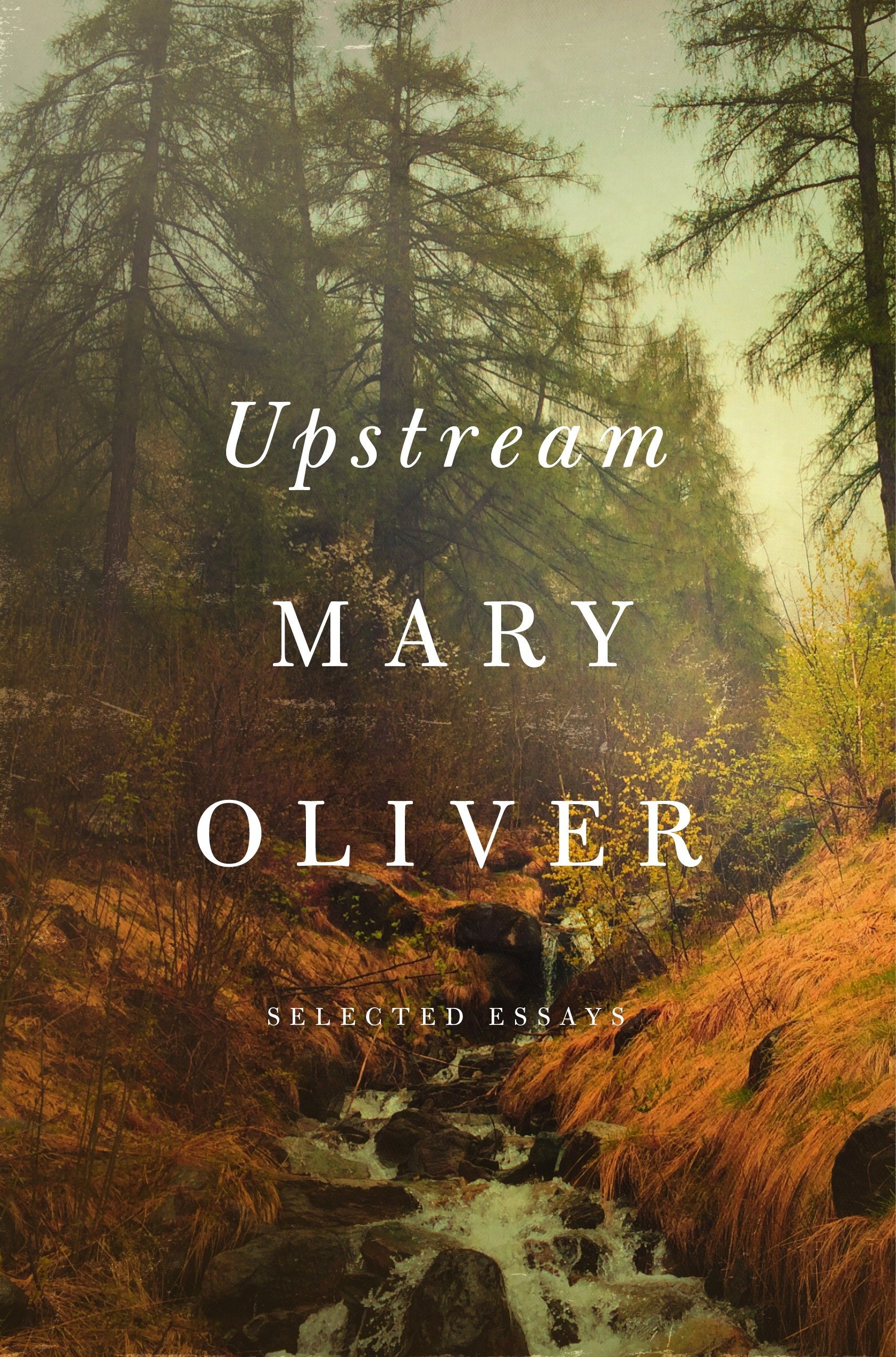
6 minute read
The Book Nook
By: The Garden Staff

“The Next Great Migration: The Beauty and Terror of Life on the Move” | Sonia Shah
Focusing on human migration, this book beautifully illustrates the connections and similarities between human, animal, and plant migration in the face of climate change. The book opens with a story about a California local, the Edith’s checkerspot (Euphydryas editha) butterfly. Author Sonia Shah sites a study documenting how the butterfly’s geographical distribution has shifted and changed the perspective on the capacity for organisms to shift their range in response to climate change. Movement is a natural part of how every species, including Homo sapiens, survives. Shah uses these stories of movement, migration, and change to explore the history of modern ecology and how ideas within the field have been implicitly designed or applied by cultural biases. The ecological language we use, and theories applied to plants or animals, are harmful when people try to apply them to human beings as a tool to restrict or discriminate. This book offers more context and grounding for ecological theories and ideas that scientists have been taught for years. Overall, it is an essential read for anyone who is interested in ecology.
Recommended by Kylie Etter, Conservation Technician

“A Gardener’s Guide to Botany: The Biology Behind the Plants You Love, How They Grow, and What They Need” | Scott Zona, Ph.D.
Making no assumptions about the reader’s previous knowledge, this guide is not just another book on how to grow plants. Instead, author Scott Zona, Ph.D., explains the how and why of plant science in a way that everyone can understand. Through his beautiful illustrative guide and simple explanations, he starts by detailing what it means to be a plant. He then explains the parts of a plant, the three components necessary for a plant to thrive, plant defense, and plant reproduction. Whether you are new to the world of plants or an old hand, this book will take you on an adventure into the amazing kingdom of plants. You’ll get to know your plant families like you never have before. A must read for every native plant gardener!
Recommended by Joan Evans, Accounts Payable and Treasury Manager

“Finding the Mother Tree: Discovering the Wisdom of the Forest” | Suzanne Simard
“Finding the Mother Tree: Discovering the Wisdom of the Forest” is a rewriting of our understanding of nature. Suzanne Simard is a pioneer researcher studying plant communication and intelligence. She tells a vivid story about how trees, with the help of fungi, have evolved to perceive one another, to learn and adapt their behavior, to recognize their neighbors, to remember the past, to send out warnings and mount defenses against threats, and to compete and cooperate with each other. Vital parts of forests are the Mother Trees that connect and sustain the trees around them. Interwoven in this tale is the journey of Simard’s own life. She portrays how her experiences have led to groundbreaking discoveries and how these discoveries were initially met with resistance from the scientific establishment. This book is an inspiring story about the amazing, intersecting webs in nature.
Recommended by Rikke Reese Næsborg, Ph.D., Tucker Lichenologist and Curator of the Lichenarium

“Upstream: Selected Essays” | Mary Oliver
In her book “Upstream: Selected Essays,” poet and nature writer Mary Oliver presents a selection of 19 essays (16 from previous collections) that are deeply touching, like this sentiment: “Occasionally I lean forward and gaze into the water. The water of a pond is a mirror of roughness and honesty — it gives back not only my gaze, but the nimbus of the world trailing into the picture on all sides.” Through her rhythmic prose, she beautifully records unique things about nature that many people never take the time to notice. Her essays come together to both inform and inspire the artists and naturalists within each of us. It’s as though she is asking readers to slow down so they can find more meaning in the nature that surrounds them by carefully observing and considering what they see. Grab a cup of coffee/tea — this is a book you’ll want to read again and again.










